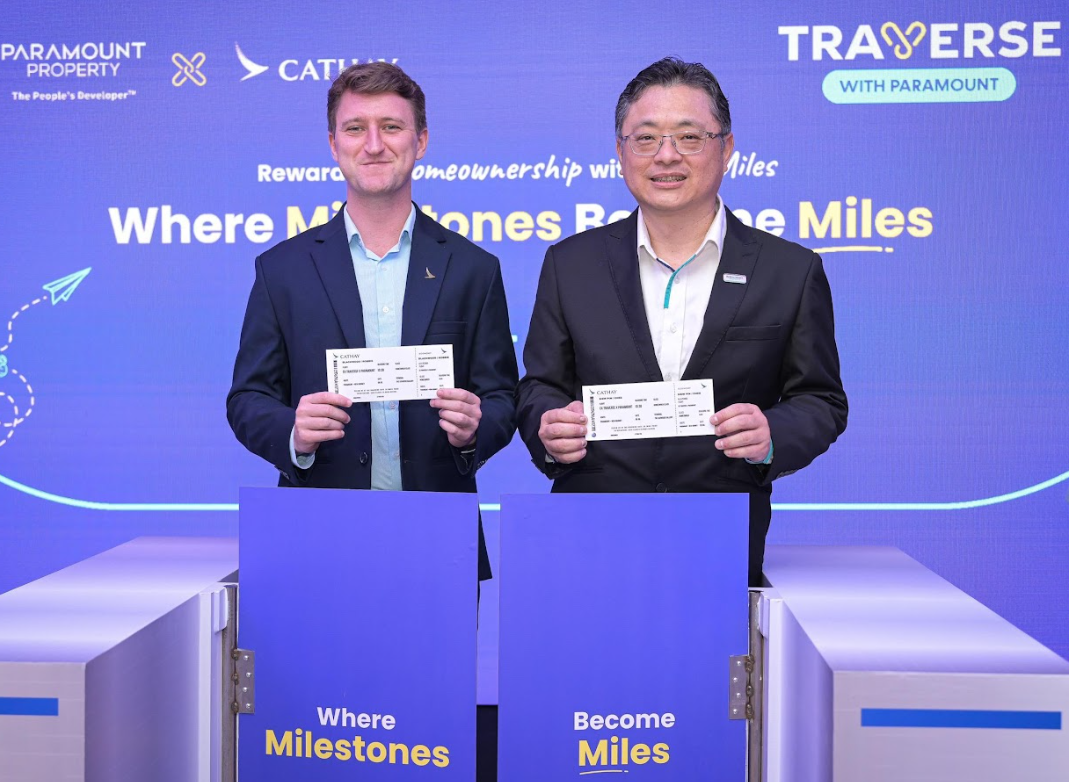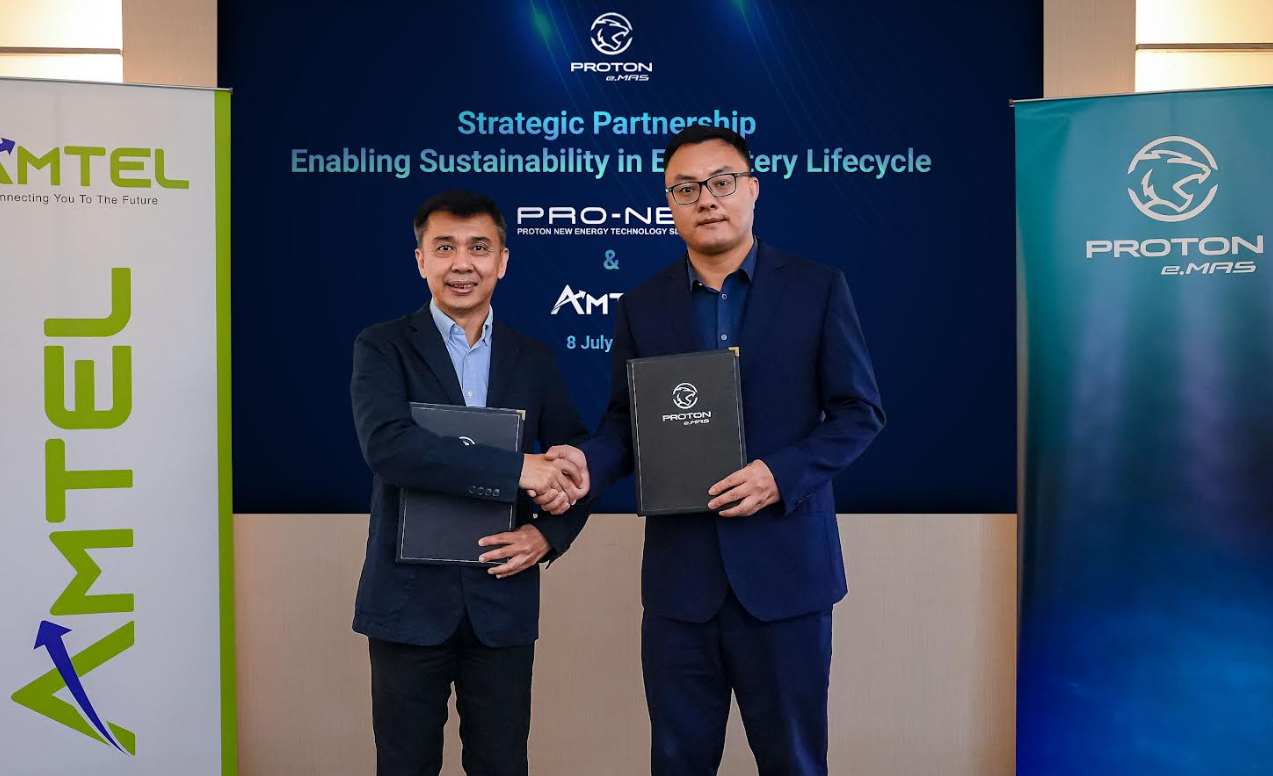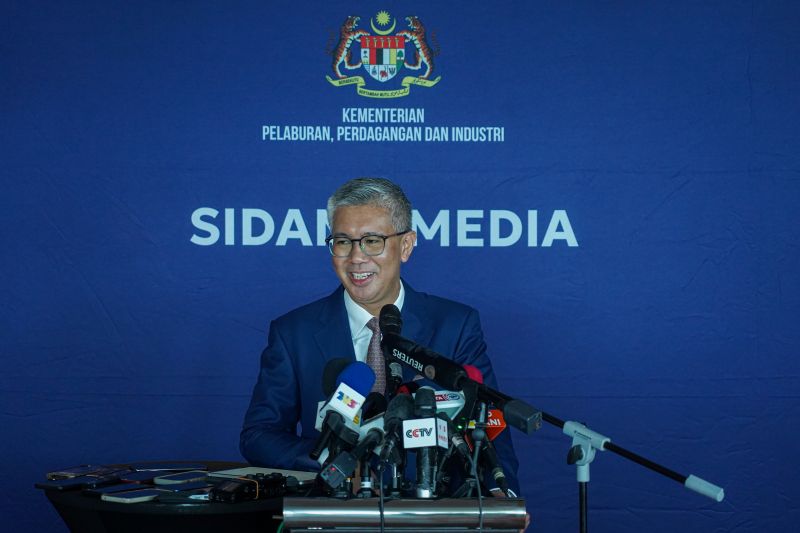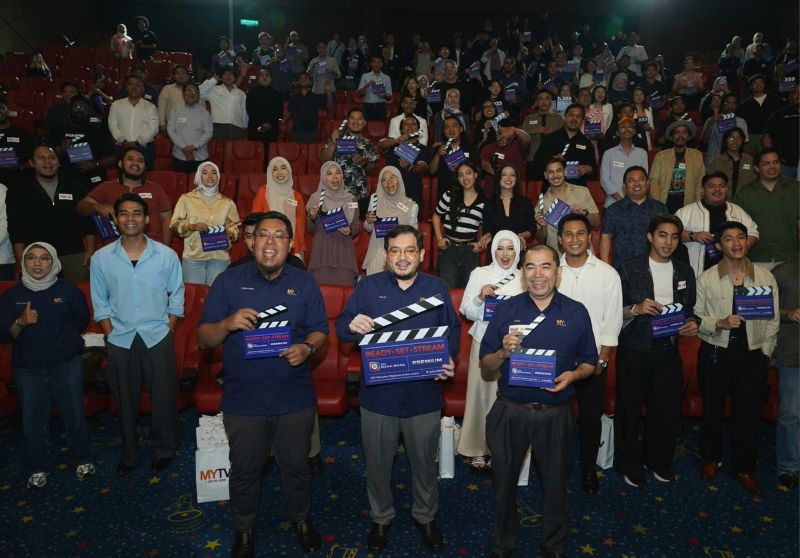The notorious Akira ransomware, responsible for extorting $42 million from over 250 organizations across North America, Europe, and Australia in just a year, is now setting its sights on businesses in Singapore. This alarming development has prompted Singaporean authorities to issue a joint advisory, warning local enterprises about the growing menace of this ransomware variant.
The advisory, released by the Cyber Security Agency of Singapore, the Singapore Police Force, and the Personal Data Protection Commission, comes in response to an increasing number of complaints from victims. These organizations have reported significant disruptions caused by Akira, which encrypts critical data and demands ransom for its release.
The primary targets of Akira ransomware are varied, ranging from small businesses to critical infrastructure entities. According to prior investigations by the United States Federal Bureau of Investigation (FBI), the ransomware has been particularly effective against sectors where operational continuity is crucial.
| Region | Number of Organizations Targeted | Total Ransom Extorted |
|---|---|---|
| North America | > 250 | $42 million |
| Europe | – | – |
| Australia | – | – |
| Now in Singapore | Rising number of incidents | – |
Detecting and Preventing Akira Attacks
In light of the growing threat, Singaporean authorities have outlined several strategies for detecting, deterring, and neutralizing Akira attacks. Businesses are advised to implement robust cybersecurity measures and to report any incidents promptly.
| Mitigation Strategy | Description |
|---|---|
| Implement Recovery Plan | Ensure systems can be restored from backups |
| Multifactor Authentication | Enhance security by requiring multiple forms of verification |
| Network Traffic Filtering | Monitor and control incoming and outgoing network traffic |
| Disable Unused Ports | Close unused communication channels to prevent access |
| System-wide Encryption | Encrypt data to protect it from unauthorized access |
These measures can help in reducing the risk of an attack and minimizing the potential damage if one occurs. Authorities emphasize that paying the ransom does not guarantee that encrypted data will be decrypted or that the attackers will not release the data publicly.
Avoiding Ransom Payments
Akira ransomware operators typically demand payments in cryptocurrencies, such as Bitcoin (BTC), to restore access to compromised systems and data. However, Singaporean authorities strongly advise against complying with these demands.
“If your organization’s systems have been compromised with ransomware, we do not recommend paying the ransom and advise you to report the incident immediately to the authorities. Paying the ransom does not guarantee that the data will be decrypted or that threat actors will not publish your data,” stated the advisory.
| Ransom Payment Advice | Reason |
|---|---|
| Do Not Pay | No guarantee of data recovery or protection |
| Report Incident | Enables authorities to respond and investigate |
| Potential for Repeat Attacks | Attackers may attempt another ransom demand |
The advisory highlights that paying the ransom can also encourage further attacks and perpetuate the cycle of cybercrime. The FBI’s findings indicate that Akira operators do not typically initiate contact with their victims. Instead, they wait for the victims to reach out, thereby increasing the pressure on affected organizations to act hastily.
Recent Threats and Mitigation Techniques
As cyber threats evolve, businesses must stay vigilant and proactive in their defense strategies. In addition to the specific recommendations for dealing with Akira, organizations should adopt comprehensive cybersecurity practices. These include regular system updates, employee training on recognizing phishing attempts, and continuous monitoring of network activities.
Cybersecurity firm Kaspersky recently reported another emerging threat from North Korean hackers targeting South Korean crypto businesses using Durian malware. This malware provides extensive backdoor functionality, allowing for command execution, file downloads, and data exfiltration.
| Malware | Functionality |
|---|---|
| Durian | Executes commands, downloads files, exfiltrates data |
| LazyLoad | Used by Andariel, possibly linked to Lazarus Group |
Kaspersky’s findings suggest a potential connection between different hacking groups within North Korea, indicating a coordinated effort to exploit vulnerabilities in the crypto sector.
As cyber threats like Akira and Durian become more sophisticated, businesses must adopt a multi-layered approach to cybersecurity. This includes not only technical defenses but also strategic planning and collaboration with cybersecurity experts and law enforcement.
| Cybersecurity Strategy | Action Steps |
|---|---|
| Technical Defenses | Implement firewalls, antivirus software, and encryption |
| Strategic Planning | Develop incident response plans and conduct regular drills |
| Collaboration | Work with cybersecurity experts and report incidents to authorities |
The Singaporean authorities’ joint advisory serves as a critical reminder of the importance of being prepared and proactive in the face of growing cyber threats. By implementing robust security measures and staying informed about the latest threats, businesses can better protect themselves from ransomware attacks and other cyber risks.
The emergence of Akira ransomware as a significant threat to Singaporean businesses underscores the global nature of cyber threats and the need for vigilant defense strategies. With its ability to disrupt operations and demand substantial ransoms, Akira represents a formidable challenge for organizations worldwide.
By adhering to the guidelines provided by the Singaporean authorities and leveraging best practices in cybersecurity, businesses can mitigate the risk of attack and enhance their resilience against future threats. As the digital landscape continues to evolve, staying ahead of cybercriminals will require continuous adaptation and vigilance.









